The batteries were supplied as a pool which effectively provides two units for each truck. Charging and changing is overseen by the advanced Hawker battery management system which communicates in real-time with the chargers to manage the entire process. Batteries can only be used when they are fully charged while the systematic rotation across the pool ensures balanced utilisation over time for life-long performance and reliability. A screen at the end of the charging area clearly indicates the next battery to be retrieved for each type of truck. An alarm sounds if an operator disconnects the wrong battery from its charger. This overcomes the potential problem of operators simply taking the nearest available battery, regardless of its true state of charge. Operations are simplified further in this particular application because all of the counterbalance trucks, except for the lone 2.5 tonne model, use the same specification of battery.
"Most of the trucks have the same batteries which makes everything simpler," says Chris Adamson. "An alarm sounds if we unplug the wrong battery which I really like."
The battery management system provides a wide range of information that the warehouse team uses to assess performance. This includes the number of completed battery changes, how many batteries were on charge and available for use at any time, when none were available, times of changes, and depth of discharge of batteries connected for charging. The trucks have also been fitted with tracking technology which allows the management team to understand truck operations with even more clarity. During the first few months of operation the system helped the warehouse management team to identify operational issues such as occasional over discharging which they were then able to rectify before this impacted on the long-term well-being of the batteries.
"The system manages battery utilisation very effectively and has already helped us understand operational issues such as under and over use," says Chris Adamson. "We know the batteries are being used evenly, that we have enough capacity to run the fleet and have good power management. The tracker system gives greater ownership to the staff who are then more responsible with their trucks."
Batteries are changed using a Hawker TuggerTM mounted onto Toyota powered pallet truck. The machine pulls up alongside the truck and pulls the depleted battery onto its built-in platform. The battery is placed into a free charging position and the designated fully-charged unit is transferred to the truck. This is simpler and safer than the previous warehouse where changes required a chain lifting rig.
"The whole operation only takes a few minutes and can be completed by one person with no lifting or stretching," says Chris Adamson.
EnerSys provided battery training to members of the 300+ warehouse team in conjunction with the on-site RTITB trainer. Toyota is responsible for all truck maintenance including topping up. The service engineer calls every morning to complete routine checks. One of the many advantages of the Perfect Plus batteries with the electrolyte circulation is that topping up is required much less frequently than with conventional batteries. The more efficient use of the batteries and the optimised charging regime should ensure prolonged performance with lower overall maintenance requirements and costs.
"We would expect the batteries to run for the full contract term of the trucks," says Chris Adamson.
To support the demanding service level commitment made by Expert Logistics the warehouse runs round the clock for 363 days a year. This invariably means that working patterns change throughout the day. The morning shift covers goods inward and stock replenishment tasks which means lots of bulk movements of stacked loads. Sortation ramps up during the day with a peak in the afternoon and early evening before the last loads are despatched at around 4am. The company runs its own fleet of delivery vehicles, including 65 double-decker trailers, which transport loads to its four regional bases to arrive from around 1am. This leaves enough time for items to be cross-docked onto the company's fleet of 7.5 tonne vehicles for final delivery direct to customers the same day.




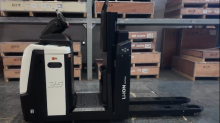
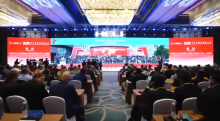
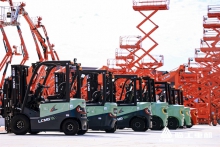

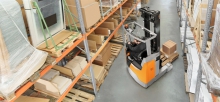
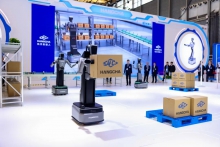
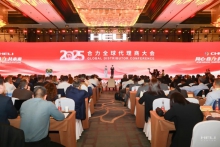
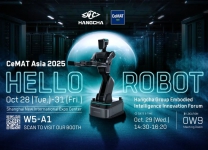
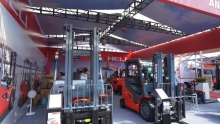
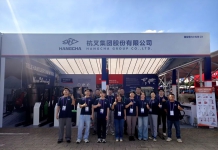


 粤公网安备 44010602003952号
粤公网安备 44010602003952号